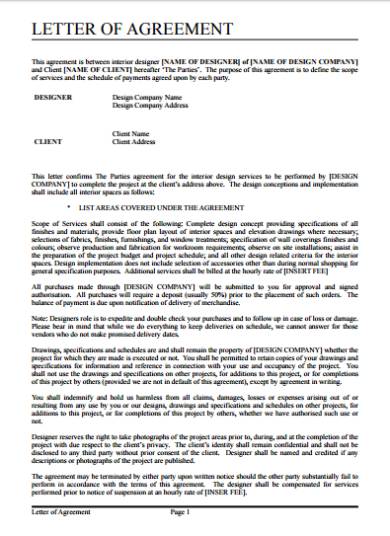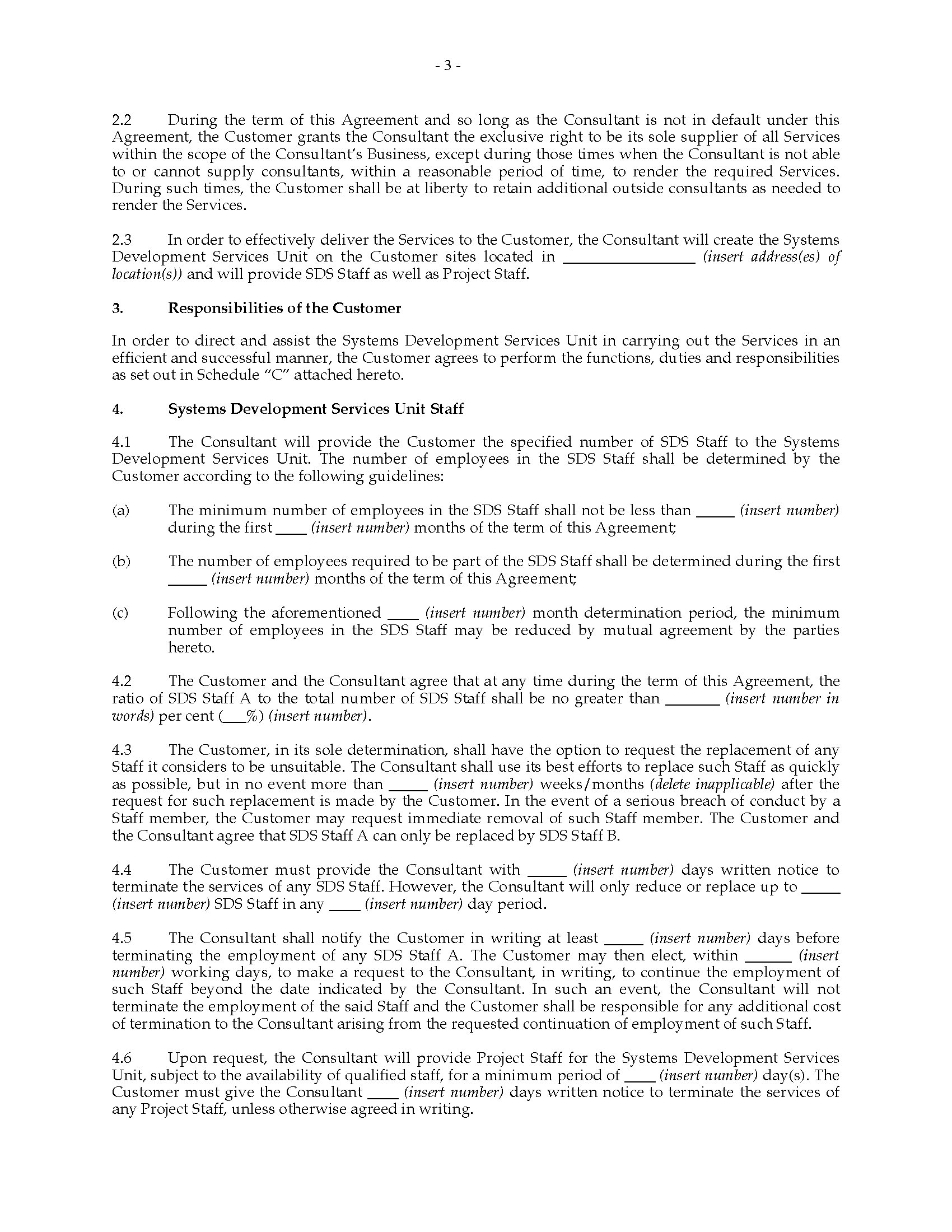

You might use topics such as Hardware and Software, Equipment, Options, Scalability and so on. This section should contain some pages with general headings like Services Provided, Benefits, Features, and Cost Summary, but should also incorporate more detailed pages that fully describe your products and services, explain how you can fulfill the client's needs, and list the associated costs. In this section you will include pages that describe precisely what you have to offer and what it will cost. In the last section of the proposal, you get the chance to promote your project, products and services. Don't insert your own ideas yet this section is where you demonstrate that you understand the client's needs. On this summary page and in the detailed pages of this section, describe your client's needs and goals and discuss the limitations or restrictions that may be associated with the project.

In complex but less corporate proposals, the summary is usually called a Client Summary. In proposals to corporations, this summary is usually called an Executive Summary. In a lengthy proposal for a complex project, you should provide a summary preceding the detailed pages.

Next, after this introduction, write the section that describes the needs of the prospective client.
#Information technology client contract template software
The Title Page is exactly what its name indicates: a page with the title of your specific proposal (for example, "Proposal for Website Services for the Birchwood Company", “Building a Records Management System”, "25 User Software Licensing for USC, Corp." or "Plan for Updating MWP Corporation's Computer Network"). In the Cover Letter, write a brief personal introduction and provide all your relevant contact information so the client can easily contact you for more information. Now, getting back to the basic order described above, begin your proposal with a Cover Letter and a Title Page. A proposal targeted to a specific organization or person is much more likely to succeed. Don't make the mistake of sending all your prospective clients an identical sales proposal. This means you need to gather information about that client so that you can create a customized proposal to meet that specific client's requirements. Your proposal should be tailored to a specific client and that client's needs. It's never a good idea to send your clients only a price list that will not substitute for a real proposal. To persuade them, you must demonstrate that you can deliver the products and services they want. The most important idea to keep in mind is that the goal of any proposal is to convince potential clients to award you their contracts, convince your boss to sign-off on your proposed project, or possibly secure funding for a new venture. For example, website designers might need to include information about templates, widgets, or shopping cart technologies network specialists may want to include specifications for cables and routers they recommend IT trainers might include lists of courses and certifications offered and so forth. You will want to include details about your particular products, services and business experience that are relevant to your client's specific project. Provide information about your organization, your credentials, and your capabilities.Describe your products, services and costs.Summarize the prospective client's needs.


 0 kommentar(er)
0 kommentar(er)
